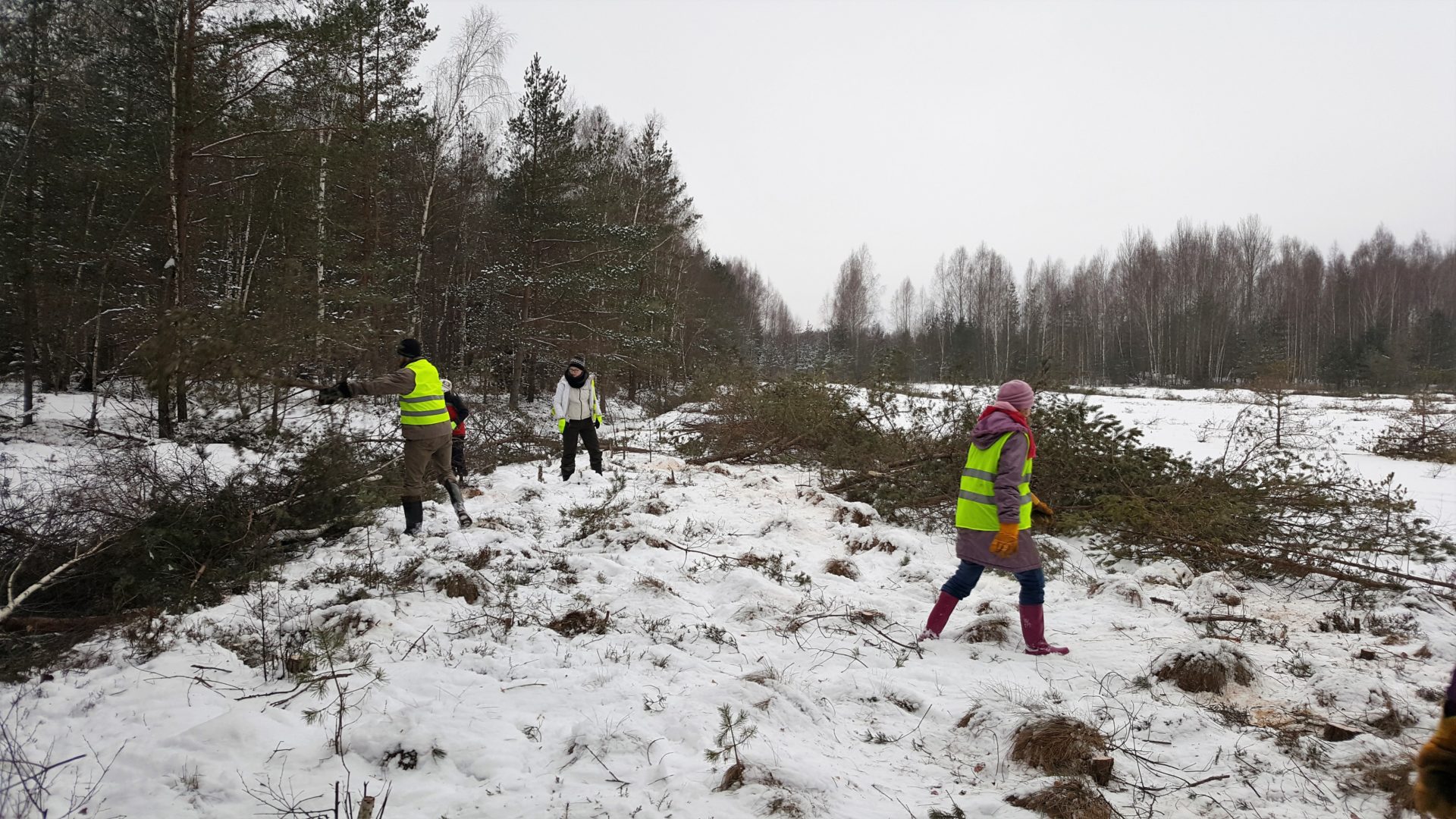The International Panel on Climate Change (IPCC) recently published a special report on greenhouse gas (GHG) fluxes in land-based ecosystems, land use and sustainable land management in relation to climate change adaptation and mitigation, desertification, land degradation and food security. The findings and recommendations to policy-makers echo the aims of LIFE Peat Restore and only strengthen our determination to continue to restore degraded peatlands and pursue the dissemination to policy-makers of the strategic importance of peatland restoration to mitigate climate change.
The Report urges countries rich in high-carbon ecosystems, like peatlands, to include the restoration of such ecosystems in their climate mitigation strategies as soon as possible and warns of the risks of not acting quickly. To delay measures further will lead to potentially irreversible impact on ecosystems and prohibitively higher costs, as well as limit, on the long-term, the countries’ response options and their effectiveness. This may lead to ‘substantial additional GHG emissions from ecosystems that would accelerate global warming’.

Emissions from Land use, Land use change and Forestry
The Report covers emissions from land based ecosystems and activities, like forest land, cropland, grassland, wetlands and settlements. These land based activities are part of the LULUCF sector (Land use, Land use change and Forestry), which includes agriculture as well as other land use (e.g. extractive activities, like peat extraction). Emissions from this sector represented 23% of total global net anthropogenic emissions of GHGs during 2007-2016.
According to the Special Report, this sector presently functions as a carbon sink, meaning that CO2 removals were greater than the amount of GHG emitted from the sector. However, the special report reveals that due to climate change the future of the LULUCF activities as a carbon sink is uncertain. The reduction of the sector’s capacity to remove CO2 from the atmosphere can be traced back to increased logging, soil erosion and degradation from damaging agricultural practices, as well as conversion of natural lands into croplands, among other causes.
The impact of these land-based anthropogenic activities is exacerbated further by climate change. The report alerts us that “…the likelihood, intensity and duration of many extreme events can be significantly modified by changes in land conditions.” For example, whether a peatland area is in bad conditions (e.g. drained) or in healthy conditions may impact significantly the likelihood, intensity and duration of extreme events (e.g. floods, fires, etc.). These findings confirm the importance of ecosystem restoration to combat the climate crisis and improve society’s resilience to extreme events.
Mitigation response options: protection and restoration of high-carbon ecosystems
The conservation of high-carbon ecosystems like peatlands is immediately effective and delivers measurable results, by keeping valuable carbon stored. The protection of these healthy ecosystems should be further complemented by the restoration of degraded peatlands. Restored peatlands provide multiple ecosystem services and functions, but take more time to deliver. Nevertheless, other ‘land based options that deliver carbon sequestration in soil or vegetation, such as afforestation, reforestation, agroforestry, soil carbon management on mineral soils, or carbon storage in harvested wood products, do not continue to sequester carbon indefinitely. Peatlands, on the other hand, can continue to sequester carbon for centuries’. Indeed, as the Report states, “Investments in land restoration can result in global benefits… Land restoration and rehabilitation measures improve livelihood systems and provide both short-term positive economic returns and longer-term benefits in terms of climate change adaptation and mitigation, biodiversity and enhanced ecosystem functions and services.”

Urgency of restoration measures
Above all, the Special Report to policy-makers urges Governments to act immediately. Delayed action can result in a decreasing potential for the array of response options at the disposal of Governments, as well as limit their current and future effectiveness. The Special Report advices further that “acting now may avert or reduce risks and losses, and generate benefits to society”. As time goes by and climate change intensifies, the potential for some of the land based response options decreases. For example at higher temperatures, soils have reduced capacity to act as sinks for carbon sequestration. Moreover, it should be highlighted that “… Delays in avoiding or reducing land degradation and promoting positive ecosystem restoration risk long-term impacts including rapid declines in productivity of agriculture and rangelands, permafrost degradation and difficulties in peatland rewetting.”
Related publications:


